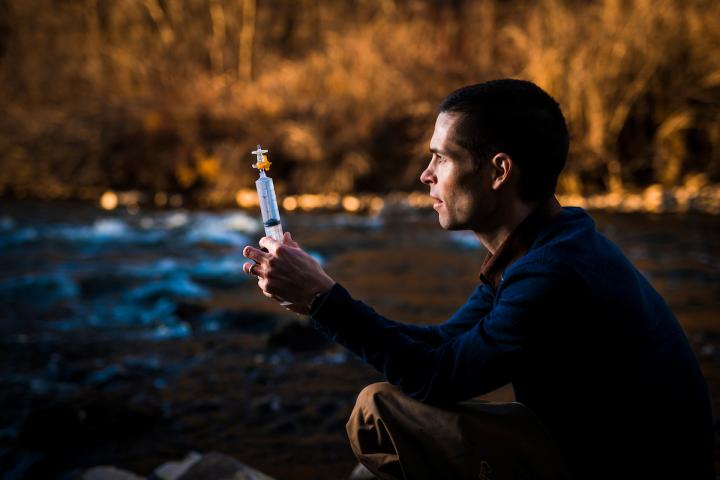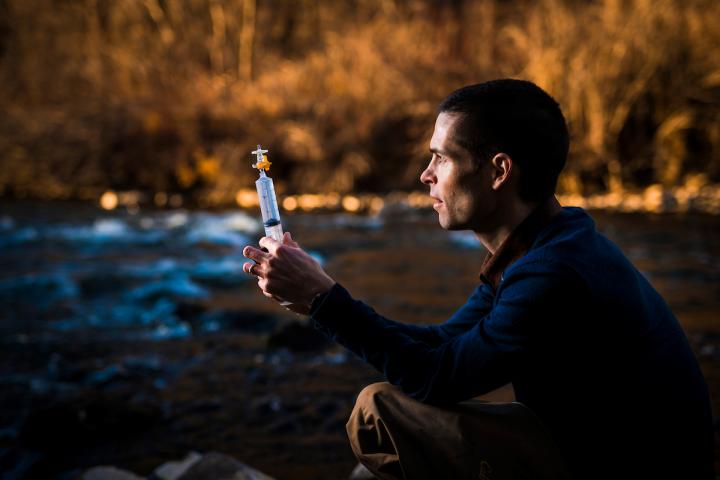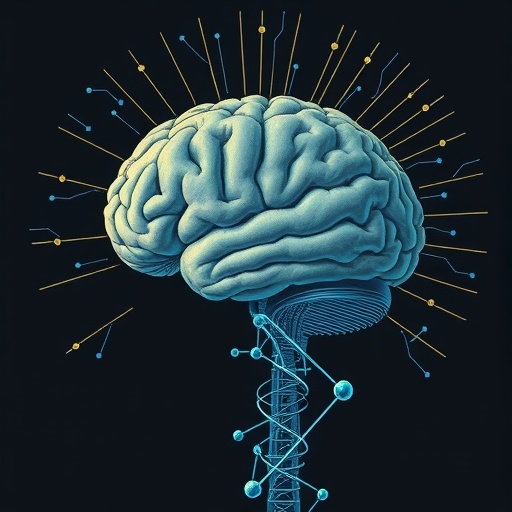
Credit: Nate Edwards/BYU Photo
The massive algal blooms caused by excess fertilizer from farms and cities running off into water supplies are having severe human health and economic consequences.
In recent years, stunning satellite images show toxic algal blooms across the world, including Lake Erie, the Baltic Sea, and the Yellow Sea. In fact, according to a recent publication in Science, nutrient pollution is the second greatest environmental threat to humanity, with economic damages from the issue costing up to $2.3 trillion annually.
New research led by Brigham Young University ecosystem ecologist Ben Abbott presents a new tool to fight this global crisis. His study, recently published in Ecology Letters, found that rivers and streams could be used as "sensors" of ecosystem health, allowing both improved water quality and food production.
His research shows that sampling headwaters where streams form can identify which landscapes are resilient enough to handle the rigors of farming and which are vulnerable to leaching toxic residue into waterways.
"Currently, humans just go out and do agriculture wherever there is available ground," Abbott said. "Using the fingerprint of water quality throughout the stream network, we can tell farmers or urban planners, 'Hey, this land is really resilient, so you should do agriculture here.'"
Abbott and an international team of researchers used a data set from France that included samples from 60 small tributaries every two weeks over 12 years. In analyzing the data, they found nutrient concentrations went up and down over time, but the relative rank of each stream was stable across many years. This spatial stability of water quality means that periodic sampling of headwaters can reveal the location and strength of pollution sources.
Previously, ecologists theorized headwater streams were too variable to provide reliable data. The prevailing thought was any stream data collected on Thursday would change by Friday.
"We were surprised to see that the streams were good sensors of long-term nutrient conditions," said study co-author, Jay Zarnetske, an environmental scientist at Michigan State University. "Our methods show that we can learn much from a relatively small number of samples if they are collected more strategically."
Abbott and his colleagues are now testing their new method in the Bread Basket of the central U.S. and in Arctic and Boreal landscapes, where permafrost degradation is affecting river chemistry. They're also organizing a citizen science project that will take place this spring to identify sources of nutrients to Utah Lake.
"If the patterns we found hold true, this method could be vital for human and ecosystem health in developing countries who don't have resources to do major water studies," Abbott said.
###
Media Contact
Todd Hollingshead
[email protected]
801-422-8373
@byu
http://www.byu.edu
Original Source
https://news.byu.edu/news/saving-worlds-water-and-humans-one-little-stream-time http://dx.doi.org/10.1111/ele.12897





